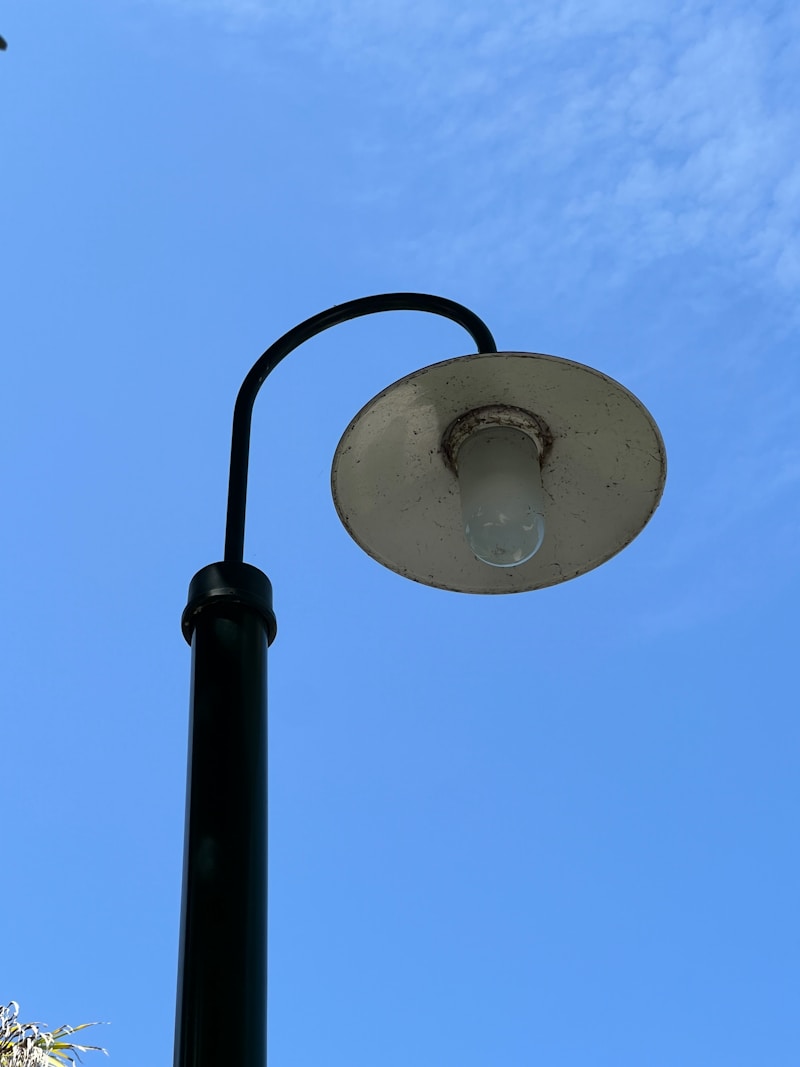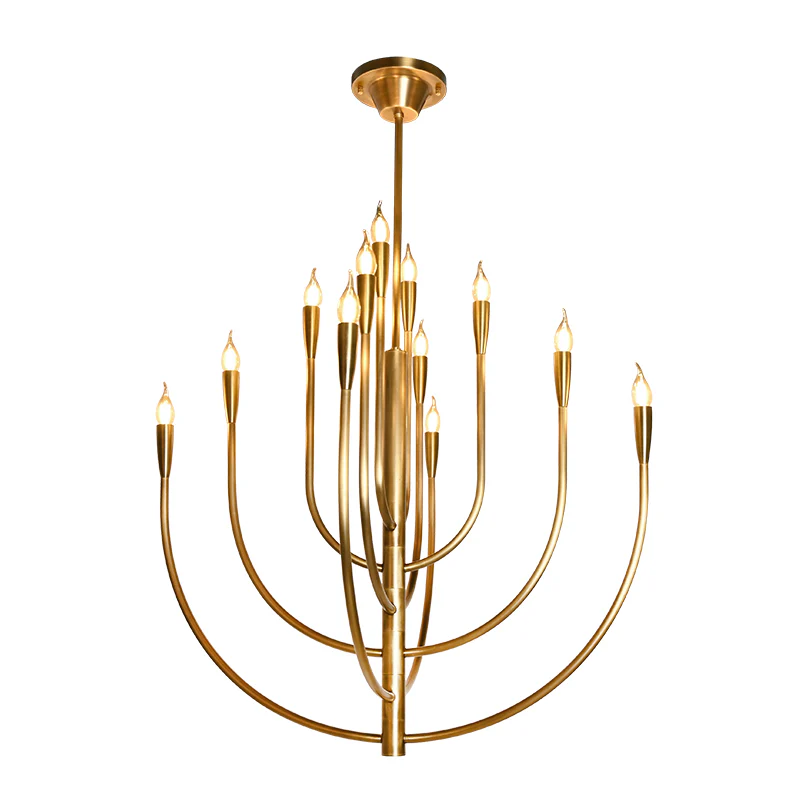Dusk-to-Dawn Outdoor Sensors: The Ultimate Guide for Smart Lighting Solutions
Dusk-to-Dawn Outdoor Sensors: The Ultimate Guide for Smart Lighting Solutions
In today's fast-paced world, ensuring safety and security around our homes and properties is a priority for many individuals. One effective way to achieve this is by installing dusk-to-dawn outdoor sensors. These remarkable devices automatically turn on outdoor lights when the sun sets and turn them off at dawn, making them both convenient and energy-efficient. In this comprehensive guide, we will dive deep into the functionality, benefits, installation, and maintenance of dusk-to-dawn outdoor sensors.
What Are Dusk-to-Dawn Outdoor Sensors?
Dusk-to-dawn outdoor sensors are devices that automatically control Outdoor lighting based on the ambient light levels. They are equipped with a light sensor or photocell that detects the level of natural light, triggering the outdoor lights to turn on at dusk and off at dawn. This technology includes:
- Smart Lighting Systems: Integrated sensors with smart home systems.
- Traditional Sensors: Standalone sensors that connect to your outdoor lights.
How Do Dusk-to-Dawn Sensors Work?
The operation of dusk-to-dawn outdoor sensors is relatively straightforward. When the natural light decreases below a specific threshold determined by the sensor, it activates the connected lighting system. Conversely, when the natural light returns to normal levels in the morning, the sensor deactivates the lights. This automatic operation not only saves energy but also enhances security by ensuring that outdoor areas are illuminated during the night.
Benefits of Using Dusk-to-Dawn Outdoor Sensors
1. Energy Efficiency: These sensors help reduce energy waste by ensuring that lights are only on when needed.
2. Enhanced Security: Well-lit exteriors deter potential intruders and increase the safety of residents.
3. Convenience: Automatic lighting means less hassle of manually turning lights on and off.
4. Increased Property Value: Properly lit outdoor spaces can enhance the curb appeal of a home.
5. Environmentally Friendly: Using these sensors contributes to reducing your carbon footprint, promoting sustainability.
Choosing the Right Dusk-to-Dawn Sensors
When selecting a dusk-to-dawn outdoor sensor, consider the following factors:
| Feature | Description |
| Light Sensitivity | Look for models that allow you to adjust the sensitivity to ensure they only activate in low light conditions. |
| Durability | Choose weather-resistant materials to withstand outdoor conditions. |
| Compatibility | Ensure that the sensor is compatible with the type of lighting you have, such as LED or incandescent bulbs. |
| Additional Features | Look for added features like motion sensing, timers, or smart home integration. |
Installation Process for Dusk-to-Dawn Outdoor Sensors
Installing dusk-to-dawn outdoor sensors can be a DIY project, but it requires basic electrical knowledge. Follow these steps for a successful installation:
- Turn Off Power: Always make sure to turn off the power supply to avoid accidents.
- Identify the Location: Choose a spot that receives adequate sunlight during the day to ensure efficient operation.
- Mount the Sensor: Follow the manufacturer’s instructions to securely mount the sensor.
- Connect Wiring: Connect the wires from the sensor to your outdoor lighting fixtures as per instructions.
- Test the Sensor: Restore power, and test the functionality of the sensor at dusk and dawn.

Maintenance Tips for Dusk-to-Dawn Sensors
To ensure optimal performance of your dusk-to-dawn outdoor sensors, consider the following maintenance tips:
- Regularly clean the sensor to remove dirt or debris that may hinder its operation.
- Check the alignment of the sensor to ensure it accurately detects light levels.
- Replace any burnt-out bulbs to keep your outdoor area consistently illuminated.
- Test the sensor periodically to confirm it activates and deactivates correctly.
Common Questions About Dusk-to-Dawn Outdoor Sensors
As interest in dusk-to-dawn outdoor sensors grows, several common queries arise:
1. Are dusk-to-dawn sensors reliable?
Yes, dusk-to-dawn sensors are typically reliable, especially when properly installed and maintained. However, factors like adverse weather conditions and placement can impact their effectiveness.
2. Can I use dusk-to-dawn sensors indoors?
Typically designed for outdoor use, dusk-to-dawn sensors may not function effectively indoors due to artificial lighting. Some indoor sensors exist, but they have different specifications.
3. What if my lights don't turn off at dawn?
If your lights fail to turn off, check the sensor's placement and cleanliness. Ensure no obstructions block the sensor from detecting natural light.
Conclusion
Dusk-to-dawn outdoor sensors offer a smart, efficient solution for Outdoor lighting needs. From enhancing security to reducing energy costs, they provide multiple benefits for homeowners and property managers. When selecting the right model, consider features like sensitivity, durability, and compatibility to ensure your outdoor spaces are secure and well-lit.
Moreover, regular maintenance can extend the life of your sensors, ensuring they function correctly. Remember to follow the installation guidelines carefully and test the systems regularly. If you encounter issues, don't hesitate to troubleshoot the sensor's alignment and cleanliness.
In summary, integrating dusk-to-dawn outdoor sensors into your Outdoor lighting strategy can significantly improve safety and efficiency. As you explore options, keep in mind the benefits, installation, and maintenance tips we’ve discussed to make an informed decision.
